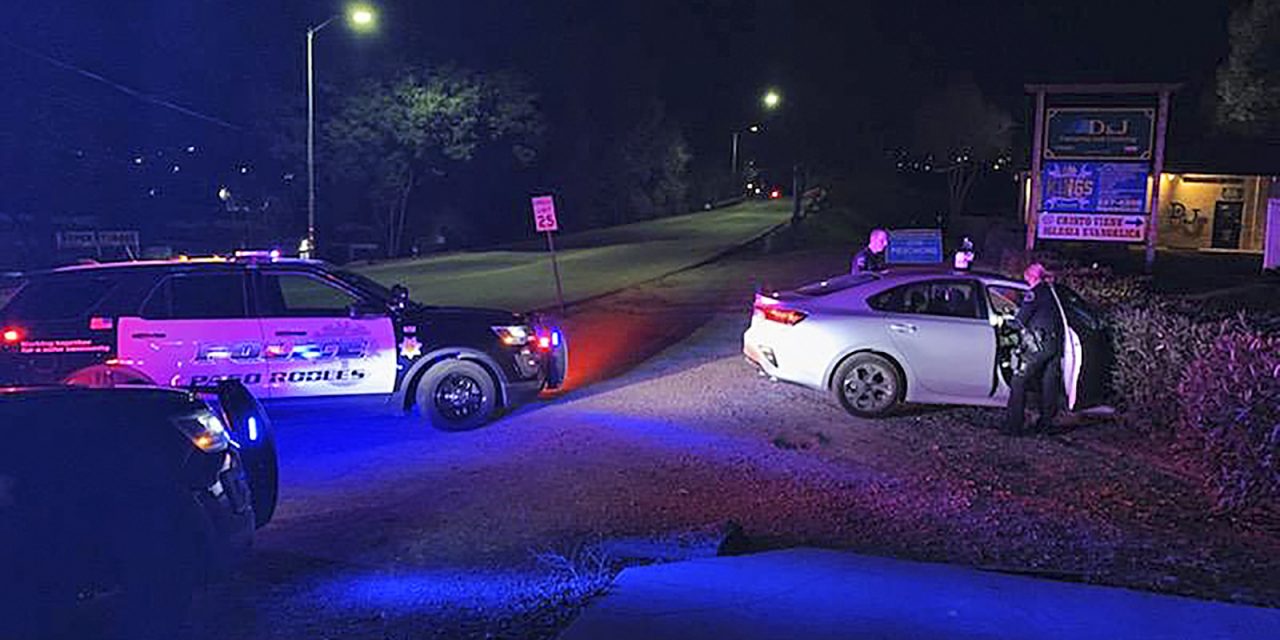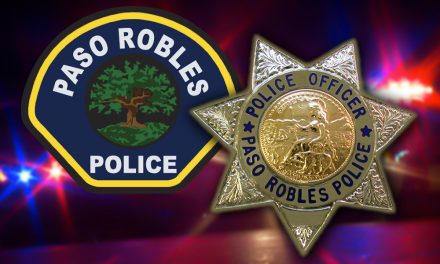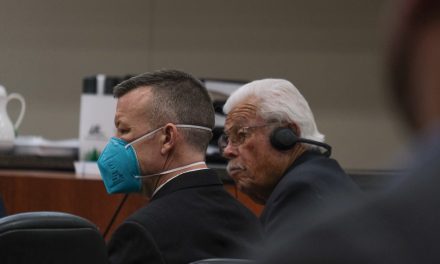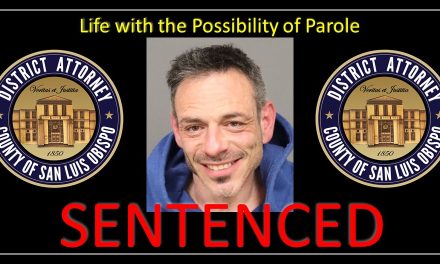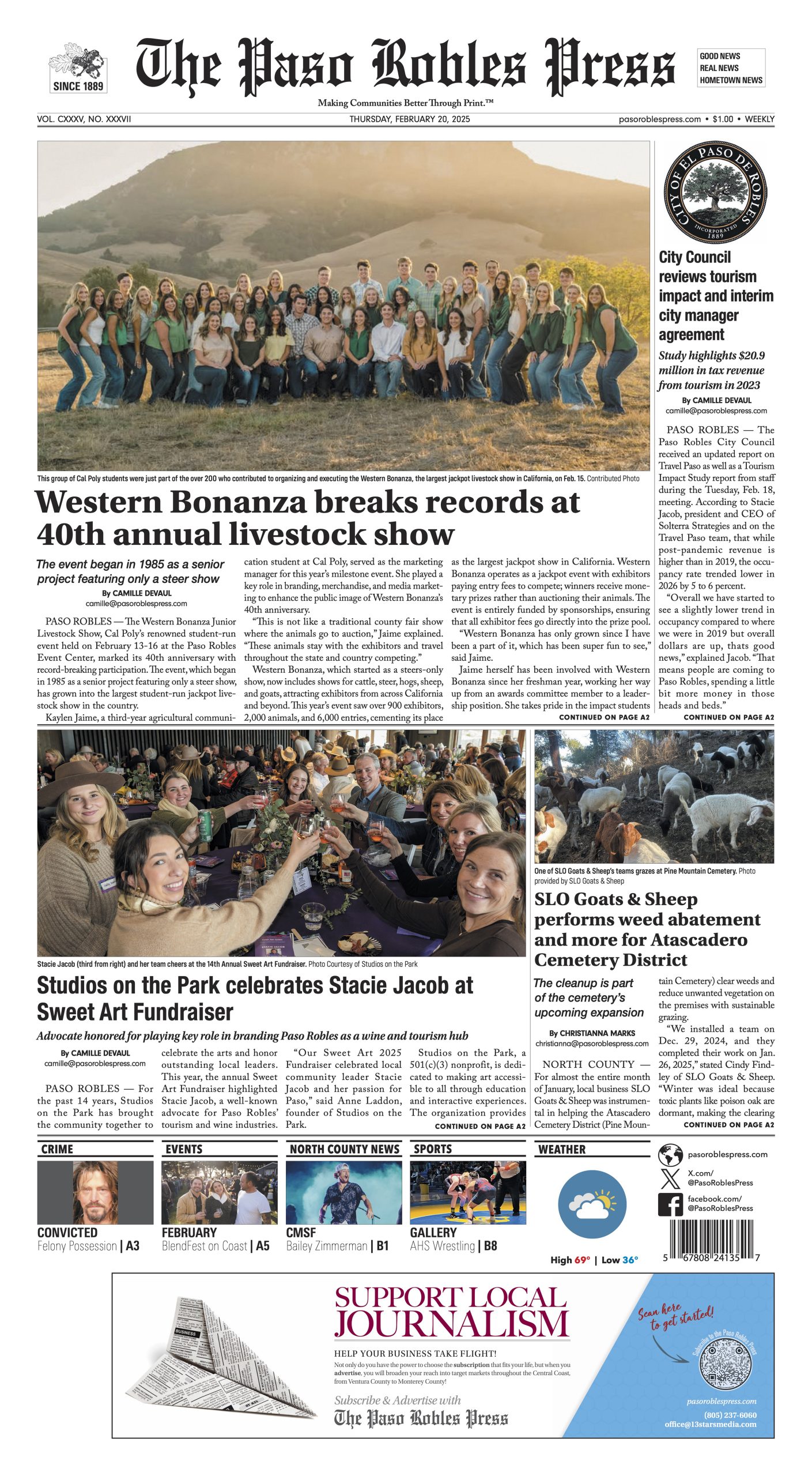Commander: 43 percent of those arrested were drinking at home
PASO ROBLES — According to Commander Caleb Davis with the Paso Robles Police Department, the City had seen a nearly two-fold increase in DUIs in 2020. So far this year, PRPD reported 58 DUI arrests, up from 30 during the same time frame in 2019.
“The reason for the uptrend is not clear yet,” Davis wrote in an e-mail. “Although I can promise you that PRPD is doing everything possible to understand the trend and help correct the issue. Our staffing levels certainly limit our proactiveness in this area, but it is a very high priority for our organization and City.”
Davis said that statistics for the past two months suggest that wineries and drinking establishments are not necessarily to blame for the increase.
“Currently, nearly 70 percent of our DUI arrests have been Paso Robles residents,” Davis wrote. “Additionally, 43 percent of those arrested have been drinking at home or at a friend’s house while 29 percent have been coming from a restaurant or a bar.”
At the Mar. 3 Paso Robles City Council meeting, Police Chief Ty Lewis reported a 40 percent increase in calls of service for the PRPD, highlighting the need for adding more officers to the force.
Lewis told the Council that over the past five years, calls to service and arrests have been growing while the number of police officers has remained stagnant. According to Lewis, the PRPD is comprised of 34 police officers, seven dispatchers, 3.5 community officers, 3.5 record clerks, and one dispatch and records supervisor. Currently, two police officers are on long-term disability leave and one recently resigned and took a position with San Luis Obispo County Sheriff’s Department.
In the past five years, the City continued to have some of the lowest number of police officers on staff with Atascadero having the least in the county. According to the FBI’s website, the national average for communities is 2.4 officers per thousand, meaning that the City has less than half the national average.
“This becomes important when you start looking at the workload that the police department has been taking on recently,” Lewis said.
In one year, the PRPD averages approximately 75,000 phone calls and 43,000 calls for service, with an average of 4,000 calls per month. Lewis reported that the department performs 17,000 arrests per year and that the department issues 3,200 traffic citations per month.
“In 2014, we had 31,000 calls as what we were averaging per year,” Lewis said, “up to where we’re averaging almost 44,000 in 2019.”
Lewis said the lack of officers is evident in the increase in response times. Response times to Priority 1 Emergency Calls that involves a life-threatening situation such as an assault with a deadly weapon have increased 89 percent in the past five years. For example, PRPD averaged a response time of four minutes and 55 seconds to Priority 1 calls in 2015, whereas current response time to life-threatening emergencies sits at nine minutes and 19 seconds. Lewis said that violent crimes are lower than state and national averages; property crimes, however, are higher than both state and national averages.

